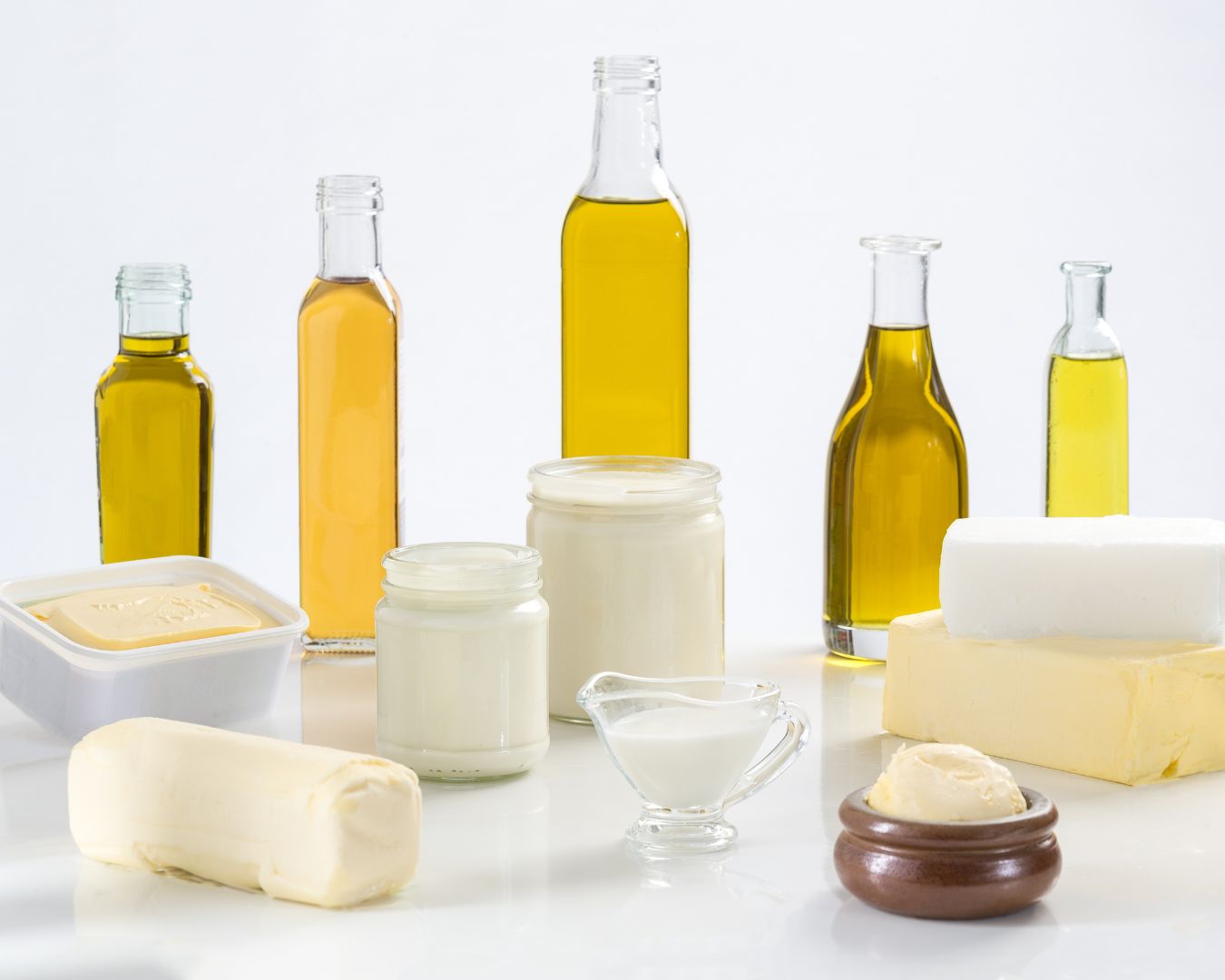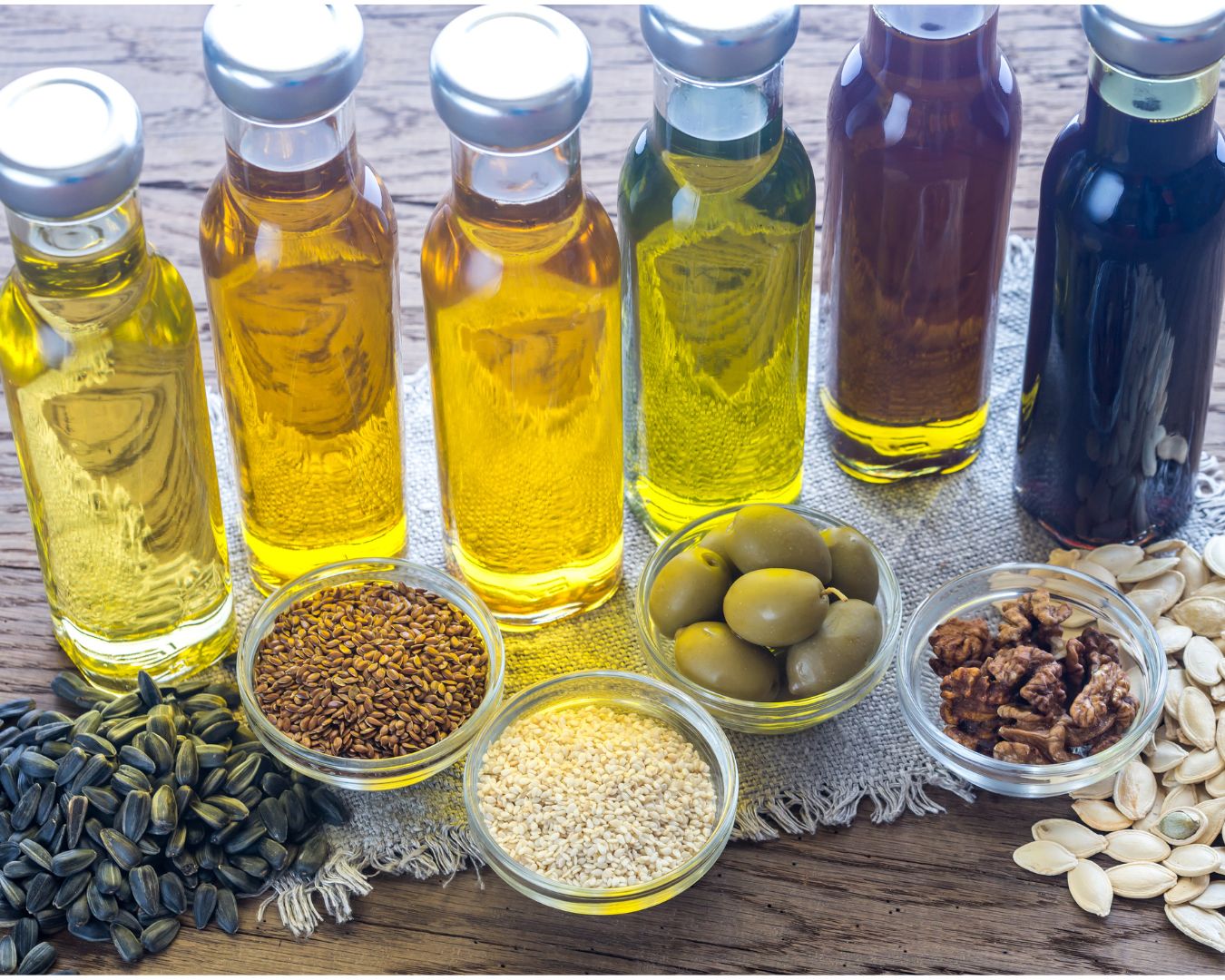Making Homemade Herb-Infused Oils and Vinegars: A Simple Guide
Herb-infused oils and vinegars are a delightful way to elevate the flavor of your dishes, adding aromatic and earthy notes that can transform a meal. Whether you drizzle them over salads, use them as marinades, or add them to roasted vegetables, these homemade infusions are both delicious and versatile. The best part? They’re simple to make at home! In this blog post, we’ll walk you through the process of making herb-infused oils and vinegars, and offer tips on how to get the best results. Why Make Herb-Infused Oils and Vinegars? Herb-infused oils and vinegars not only taste great, but they also offer several other benefits: Herb-Infused Oil Herb-infused oils are ideal for drizzling over roasted vegetables, mixing into salad dressings, or using as a flavorful dipping oil for bread. Follow this simple process to make your own. Ingredients Procedure Pro Tip: For the best flavor, let the infused oil sit for at least 1-2 days before using it. Herb-Infused Vinegar Herb-infused vinegars are perfect for salad dressings, marinades, or adding a splash of acidity to soups and sauces. The process is similar to making infused oils, but there are a few key differences to note. Ingredients Procedure Pro Tip: For a decorative touch, you can add a sprig of fresh herbs to the finished vinegar before sealing the jar. Flavor Pairing Ideas for Oils and Vinegars Here are some delicious herb combinations to inspire your next batch of infused oils and vinegars: For Oils: For Vinegars: Storage Tips for Herb-Infused Oils and Vinegars Proper storage is key to maintaining the freshness and safety of your infused oils and vinegars: Making homemade herb-infused oils and vinegars is a rewarding and simple way to add fresh, unique flavors to your meals. Whether you’re using them as salad dressings, marinades, or drizzling them over finished dishes, these infusions allow you to experiment with different herb combinations and customize your kitchen creations. Plus, they make beautiful, thoughtful gifts for family and friends. So, gather some fresh herbs, choose your favorite oil or vinegar, and start infusing! You’ll love the aromatic results that will elevate your cooking to new heights.



